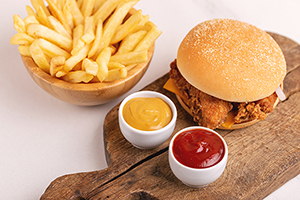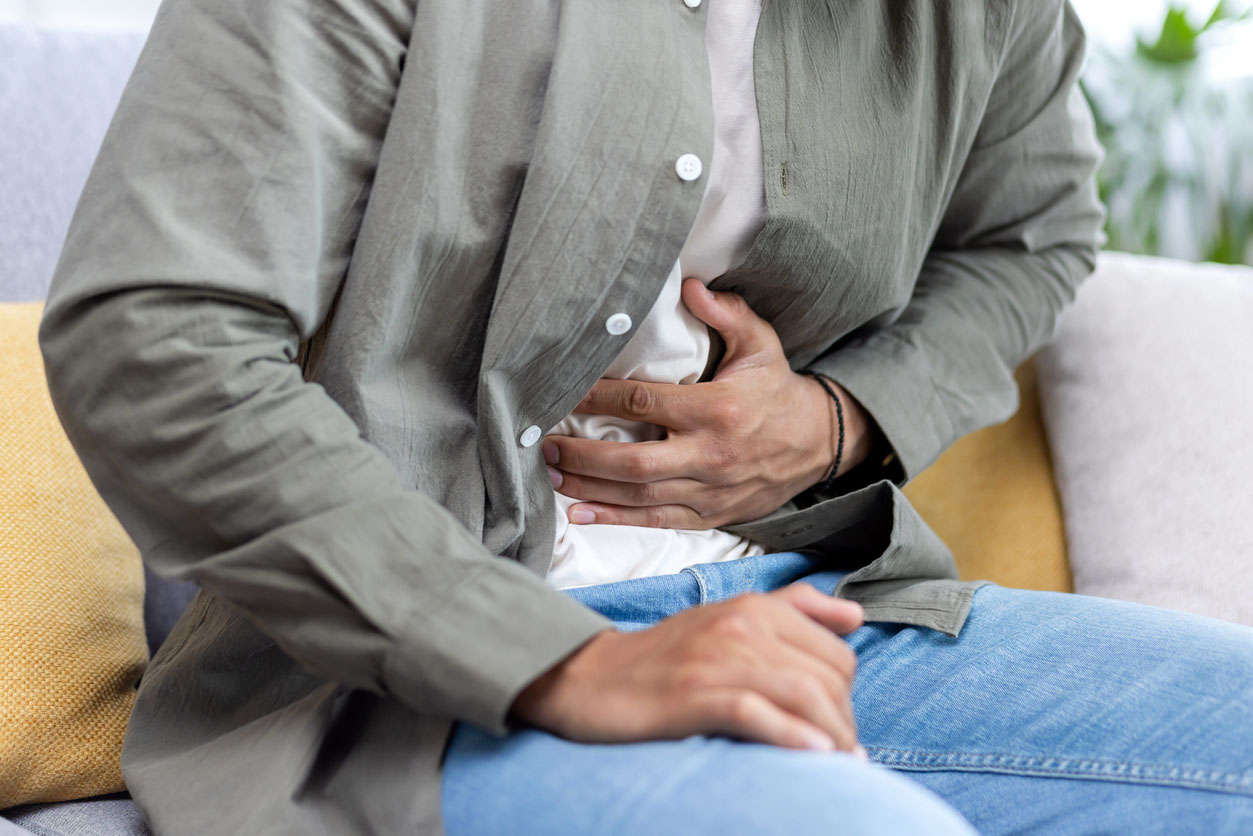Q: When reading ingredients on package labels, how can I tell whether they contain trans fats? Are there specific ingredients or names to watch for besides just trans fatty acids?
A: There are “good” fats and “bad” fats. Trans fats are the worst. I’m talking about factory-made trans fats, not naturally occurring trans-fatty acids found in dairy and animal ruminants. These man-made trans fats are found in partially hydrogenated vegetable oils and shortening. Trans fats raise LDL cholesterol and lower HDL cholesterol, increasing the risk of heart disease by changing this important ratio.
Man-made trans fats are the most dangerous fat you can eat, so eat as little of them as possible – no more than 2 grams per day on average. Buyer beware because companies can say food has “0 grams trans fat” if it contains up to ½ gram per serving. If partially hydrogenated oil is on the ingredient label, the food is not trans fat-free.
Many restaurants use trans fats, and while that has been changing in recent years, it’s still best to inquire yourself when eating out.
Factory-made trans fats are found in many packaged foods, including:
- Baked goods (cookies, crackers, cakes, pies, muffins, some breads such as hamburger buns).
- Margarine (especially stick margarine) and vegetable shortening.
- Pre-mixed products (cake, pancake, chocolate drink mix, pizza dough).
- Deep-fried and pre-fried foods (doughnuts, French fries, fried chicken, fish sticks, and chicken nuggets, taco shells).
- Snack foods (potato, corn, and tortilla chips, candy, packaged or microwave popcorn).
Anytime you see “hydrogenated oil” or “partially hydrogenated oil” on an ingredient label, know that these are the trans fats to be avoided.
To your health!
Leyla Muedin, MS, RD, CDN







